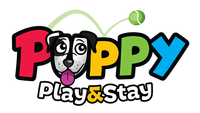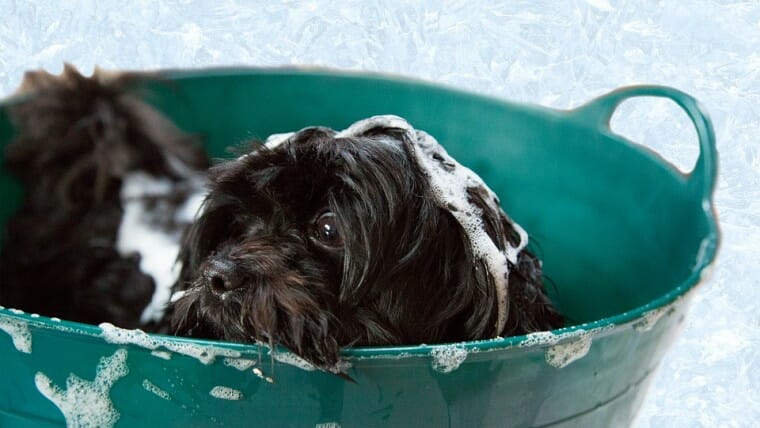Why Training Your Puppy is Crucial
Bringing a new puppy into your home is an exciting and joyous experience. However, it’s essential to remember that with the cuteness and playfulness comes the responsibility of proper training. Puppy training is not just about teaching tricks; it forms the foundation of a well-behaved and happy canine companion. Training your puppy enhances the bond between you and your furry friend, ensuring a harmonious and fulfilling relationship for years to come. So, let’s embark on a journey through the various training milestones at different ages, making your puppy a well-mannered and well-adjusted member of your family.
Training Tips: Patience, Practice, and Using Food
Patience is key when training a puppy, as they are just learning to understand the world around them. Consistency is crucial too, as it helps reinforce the lessons you teach. Remember to use positive reinforcement, particularly with food rewards. Most puppies are highly motivated by treats, making them excellent training aids. Be sure to use small, tasty treats to reward good behavior and avoid overfeeding. With regular practice and positive reinforcement, your puppy will grasp commands and behaviors more effectively.
Milestone Ages and What Puppies Should Know
2 Months:
- Name Recognition: Teach your puppy their name, which is the first step towards building communication.
- Playtime Rules: Establish boundaries for playtime, ensuring they learn what is acceptable when playing with people.
- Exercise Duration: Follow the rule of 5 minutes per month of age, twice a day, until they reach 30-60 minutes total, depending on the breed.
- Schedule & Routine: Establish a consistent daily routine, including meal times, playtime, and rest periods.
- Potty Training: Begin house-training, taking them outside frequently and rewarding them when they eliminate in the right spot.
- Crate Training: Introduce the crate as a safe and comforting space for your puppy.
Basic Commands (Start Indoors):
- Sit: Teach your puppy to sit on command.
- Come: Teach them to come to you when called.
- Stay: Encourage them to stay in one place until released.
- With Family & Frequent Visitors: Expose your puppy to family members and friends they’ll encounter regularly at home.
3 Months:
- Leash Walking: Begin leash training, teaching your puppy to walk beside you without pulling.
- Noise Socialization: Familiarize your puppy with common household noises like doorbells, knocks, vacuums, etc.
- Additional Commands (Indoors):
- Off: Teach your puppy to get off furniture or people.
- Lay-Down: Encourage them to lie down on command.
- Drop: Teach them to release objects from their mouth on command.
- Food Impulse Control: Train your puppy to wait for food and not snatch it impulsively.
4-5 Months:
- Advanced Playing: Introduce games like fetch and tug-of-war, with clear rules for proper behavior during play.
- Indoor Commands (Away from Home): Practice commands in new environments with increased distractions, duration, and distance (the 3 “D’s”).
- Bathroom on Command: Teach your puppy to eliminate on command to make outings more manageable.
- Socialization with Other Dogs: Begin socializing with well-behaved dogs in controlled settings.
5-6 Months:
- Reduce Food Rewards: Gradually decrease the frequency of food rewards and use them on a randomized schedule.
- Continuing Consistency: Maintain your schedule/routine, crate training, and consistent reinforcement of commands.
- Progressive Learning: Introduce new commands in layers, mastering one or two before adding more.
Remember, every puppy is unique, and training progress may vary. Be patient, stay positive, and celebrate small victories along the way. Puppy training is an ongoing process that requires dedication and love. By investing time and effort into training your puppy, you’re paving the way for a happy and well-adjusted dog that will bring joy to your life for years to come. Happy training!


